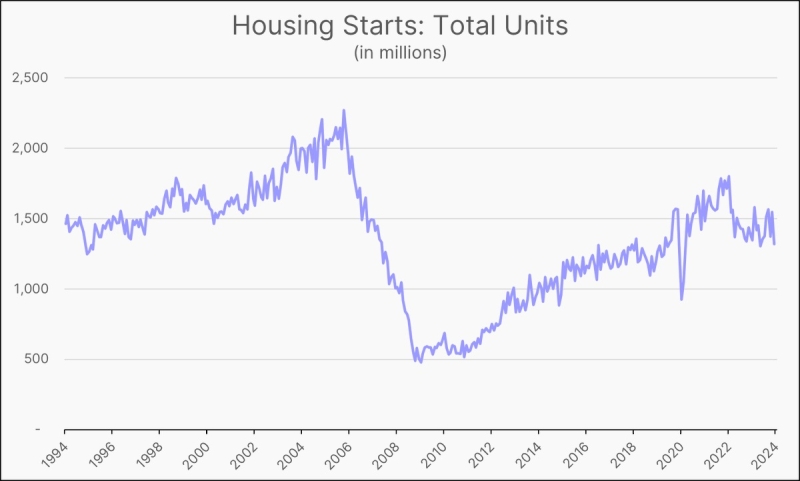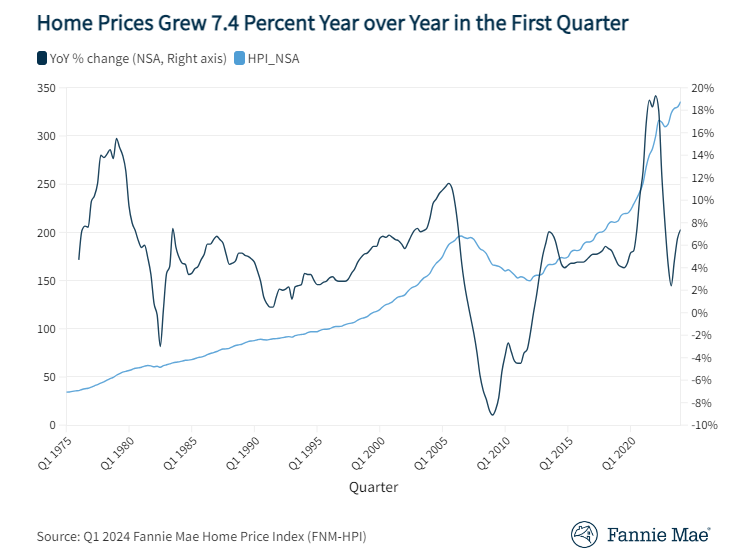Advertisement
Texas industry appointments update - 9/29/2006
Second-home sales hit record in 2005MortgagePress.com2005 second-home sales
Vacation- and investment-home sales both set records in 2005,
with the combined total of second-home sales accounting for four
out of 10 residential transactions, according to the National
Association of Realtors (NAR).
The annual report, based on two surveys, showed that 27.7
percent of all homes purchased in 2005 were for investment and
another 12.2 percent were vacation homes. All together, there were
3.34 million second-home sales in 2005, up 16 percent from an
upwardly revised total of 2.88 million in 2004. The market share of
second homes rose from 36 percent of transactions in 2004 to 39.9
percent in 2005.
Vacation-home sales increased 16.9 percent last year, to a
record 1.02 million, from a downwardly revised 872,000 in 2004,
while investment-home sales rose 15.7 percent, to a record 2.32
million in 2005, from an upwardly revised two million in 2004.
David Lereah, NAR's chief economist, said all of the factors at
play in the second-home market were favorable in 2005. "To begin
with, the baby boom generation is driving second-home sales.
They're at the optimum point in life, when people become interested
in second homes, they're at the peak of their earnings, interest
rates remain historically low and boomers want to diversify
investments," Lereah said.
Lereah said there were significant motivational differences
between vacation-home buyers and investment buyers. "Vacation-home
buyers are making lifestyle choices and purchasing primarily for
their own enjoyment," he said. "Investment-home buyers are seeking
rental income and portfolio diversification, although vacation-home
buyers also mentioned diversification."
In listing the reasons for purchase, 41 percent of vacation-home
buyers said "to use for vacations," 31 percent said "to use as a
family retreat" and 28 percent said "to diversify investments." For
investment-home buyers, 55 percent said rental income was the
primary factor for buying, and 35 percent wanted to diversify
investments.
The median price of a vacation home in 2005 was $204,100, up 7.4
percent from $190,000 in 2004. The typical investment property cost
$183,500, last year, up 24 percent from $148,000 in 2004.
NAR President Thomas M. Stevens said that not all second-home
sales necessarily involve second homes, particularly for investment
buyers. "Some of these purchases may be a third, fourth or fifth
investment property, showing that housing is a good investment,"
said Stevens, senior vice president of NRT Inc. "The lion's share
of investment homes is actually the primary residence of a renter.
Most investment owners are seasoned buyers, who understand the
long-term benefits of ownership, but not everybody is cut out to be
a landlord." Four percent of all homeowners held three or more
properties; 11 percent owned two properties.
The typical vacation-home buyer in 2005 was 52 years old, earned
$82,800 and purchased a property that was a median of 197 miles
from his primary residence; however, 47 percent of vacation homes
were less than 100 miles away and 43 percent were 500 miles away or
more. Last year, the median investment-home buyer was 49, had an
income of $81,400 and bought a home that was close by—15
miles from his primary residence.
More than three-fourths of vacation-home buyers have no interest
in renting their properties, and 21 percent said they would become
primary residences on retirement, compared with only 2 percent of
investment buyers. Fourteen percent of investment buyers and six
percent of vacation-home buyers purchased properties that their
children could occupy while in school.
In describing characteristics that vacation-home buyers value
about their properties, 40 percent said "close to an ocean, river
or lake," 34 percent said "close to family members," 27 percent
said "close to preferred recreational activities," 27 percent said
"close to primary residence," 26 percent said "close to mountains,"
24 percent said "close to a preferred vacation area" and 17 percent
said "close to a job or school."
Activities of interest that affected the decision to buy a
particular vacation home included beach, lake or water sports,
cited by 37 percent of buyers; golf, 29 percent; theme parks, 18
percent; winter recreation, 16 percent; hunting or fishing, 12
percent and boating, nine percent. Smaller categories included
gambling, biking, hiking or horseback riding and tennis.
The largest concentration of vacation-home buyers were in the
Midwest, accounting for 33 percent of vacation-home sales, although
the properties may have been located in another region. Buyers in
the South accounted for 30 percent of vacation-home transactions,
buyers in the West accounted for 20 percent and buyers in the
Northeast accounted for 17 percent.
Most investment-home buyers were in the South—38 percent
of the total. Buyers in the Midwest and Western regions each
purchased 24 percent of investment properties and buyers in the
Northeast accounted for 15 percent.
One-third of vacation-home buyers and 36 percent of
investment-home buyers said it was very likely that they would
purchase other homes, in addition to properties currently owned,
within the next two years.
Lereah said it was difficult to project where the market will go
in 2006. "Vacation-home sales will remain strong for the
foreseeable future, given the fact that baby boomers are favorably
positioned in terms of affordability, as well as being at the stage
in life when people are most interested in making that kind of a
lifestyle purchase," he said. "Discretionary purchases of that
nature are more likely in a healthy economy, and that is looking
positive, as well."
"On the other hand, investment-home sales are likely to decline
this year, in part because of higher interest rates," Lereah said.
"There are fewer incentives to speculate in the market, with price
appreciation cooling in much of the country, and more oversight is
being encouraged in the mortgage market. It's hard to say how much
speculation there may be in housing, but it's probably a
single-digit percentage of total home sales." NAR survey data
showed only 2 percent of homes were sold in one year or less, but
investment homes likely were under-represented in that particular
reporting sample.
Lereah expected a soft landing for the housing sector in 2006,
with existing-home sales declining 5.7 percent to 6.67
million—the third highest on record. "Long term, the outlook
for second homes is favorable, because more people will be moving
into the prime years for buying a second home," he said.
Currently, there are 36 million people aged 50 to 59. However,
there are 45.2 million people aged 40 to 49. "That younger segment
will become a driving force in the second-home market over the next
decade," he said.
The second-home report was based on two surveys. One, to
determine market share and extrapolate sales data, was conducted in
March 2006, via a panel of recent homebuyers. That survey captured
data for 3,406 homebuyers in 2004 and 2005, with roughly equal
samples for each year; data was weighted to correspond with
demographic findings in an earlier mailed survey.
To determine median home prices, most of the demographics and
buyer preferences, NAR mailed an eight-page questionnaire to a
national sample of 145,000 buyers who purchased their homes between
mid-2004 and mid-2005, based on county records. It generated 7,813
usable responses; the response rate was 5.4 percent. Data in this
report only included data from respondents who indicated that they
purchased a vacation home or investment property.
For more information, visit www.realtor.org.
About the author





